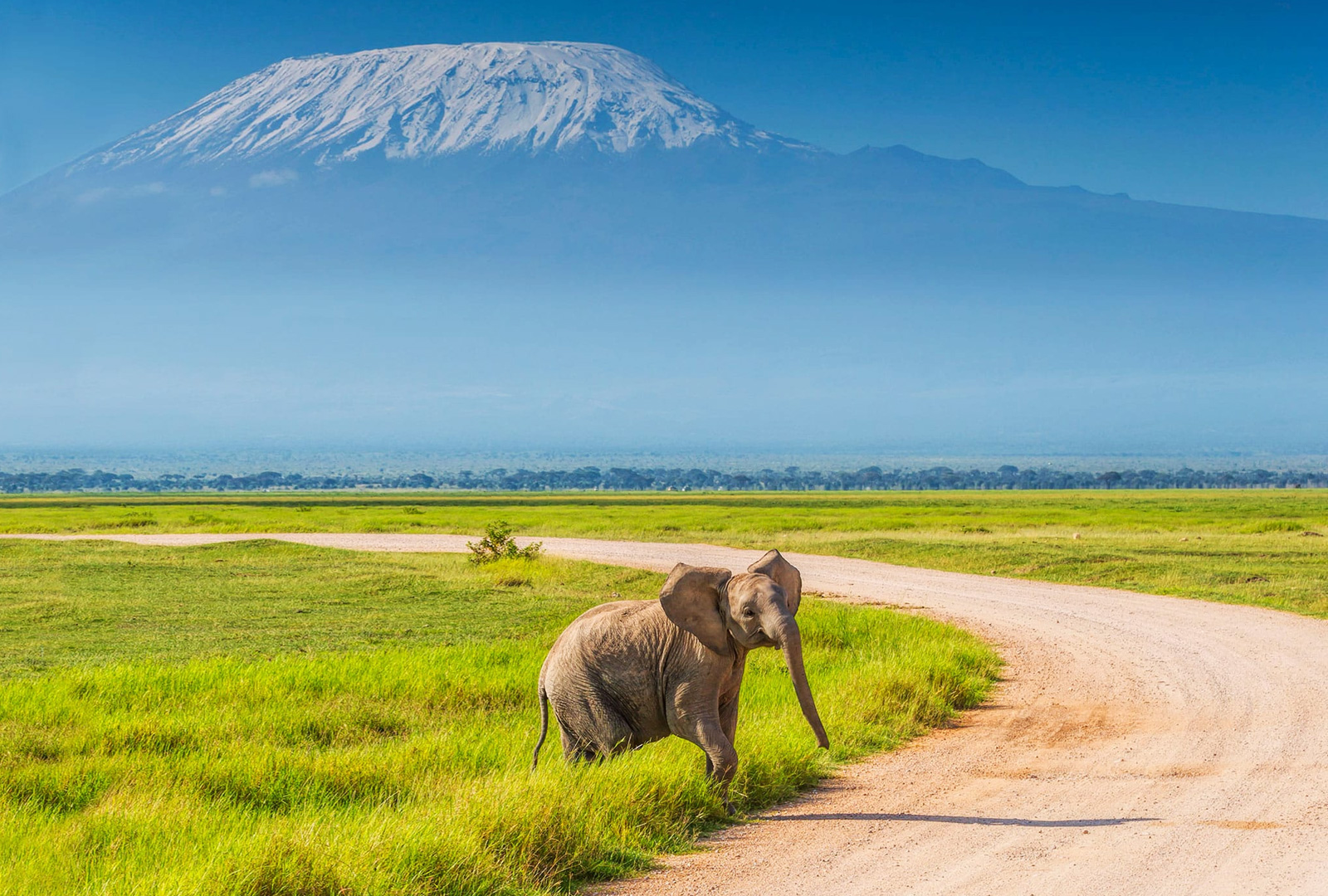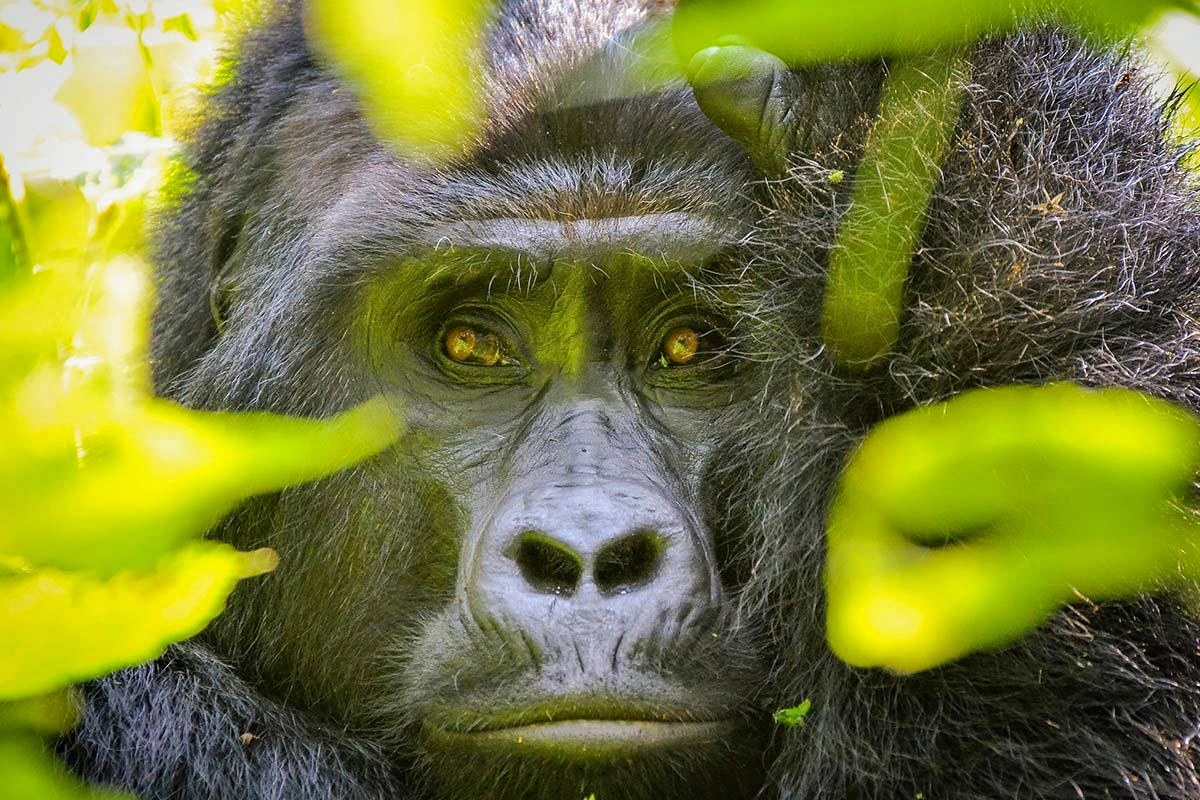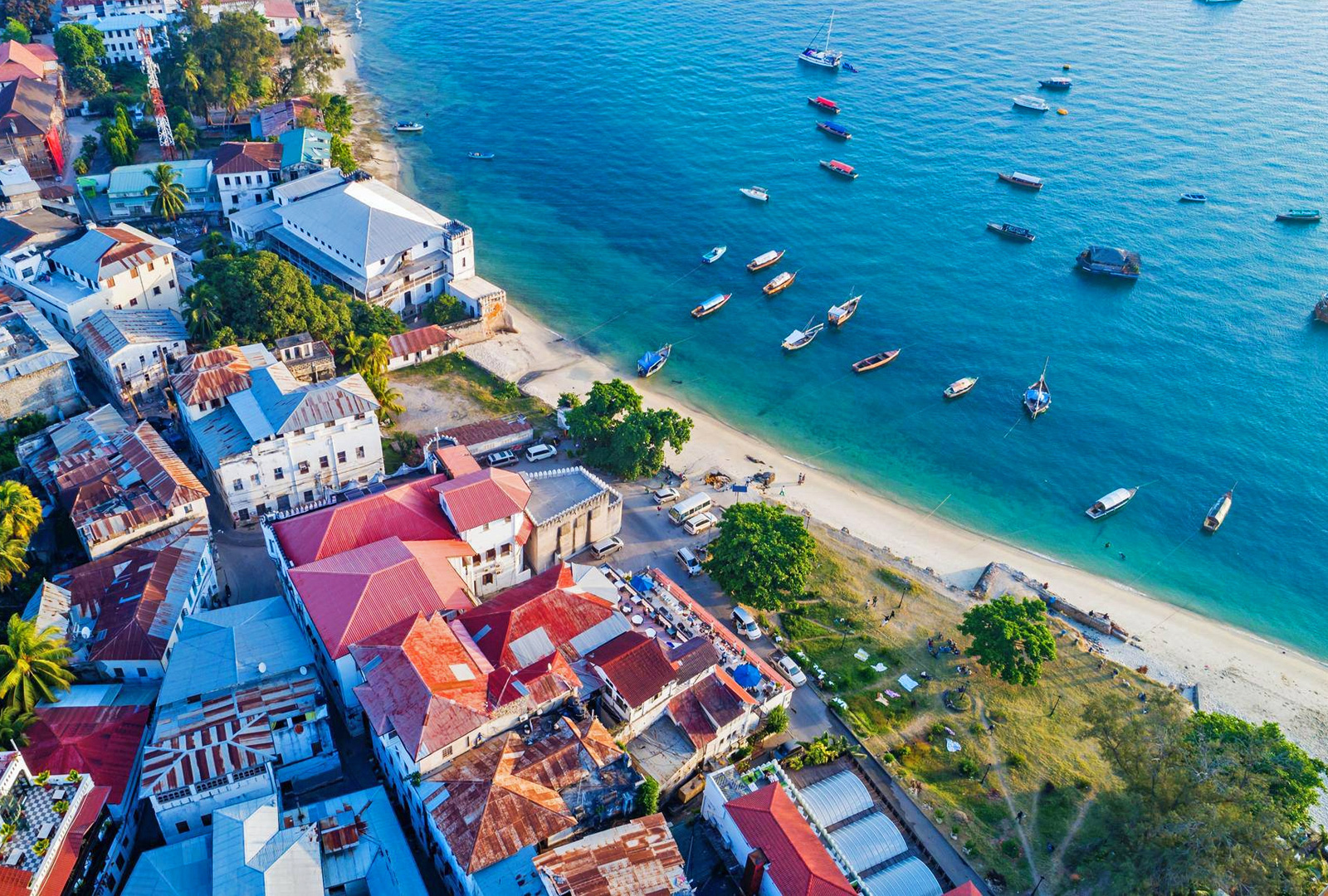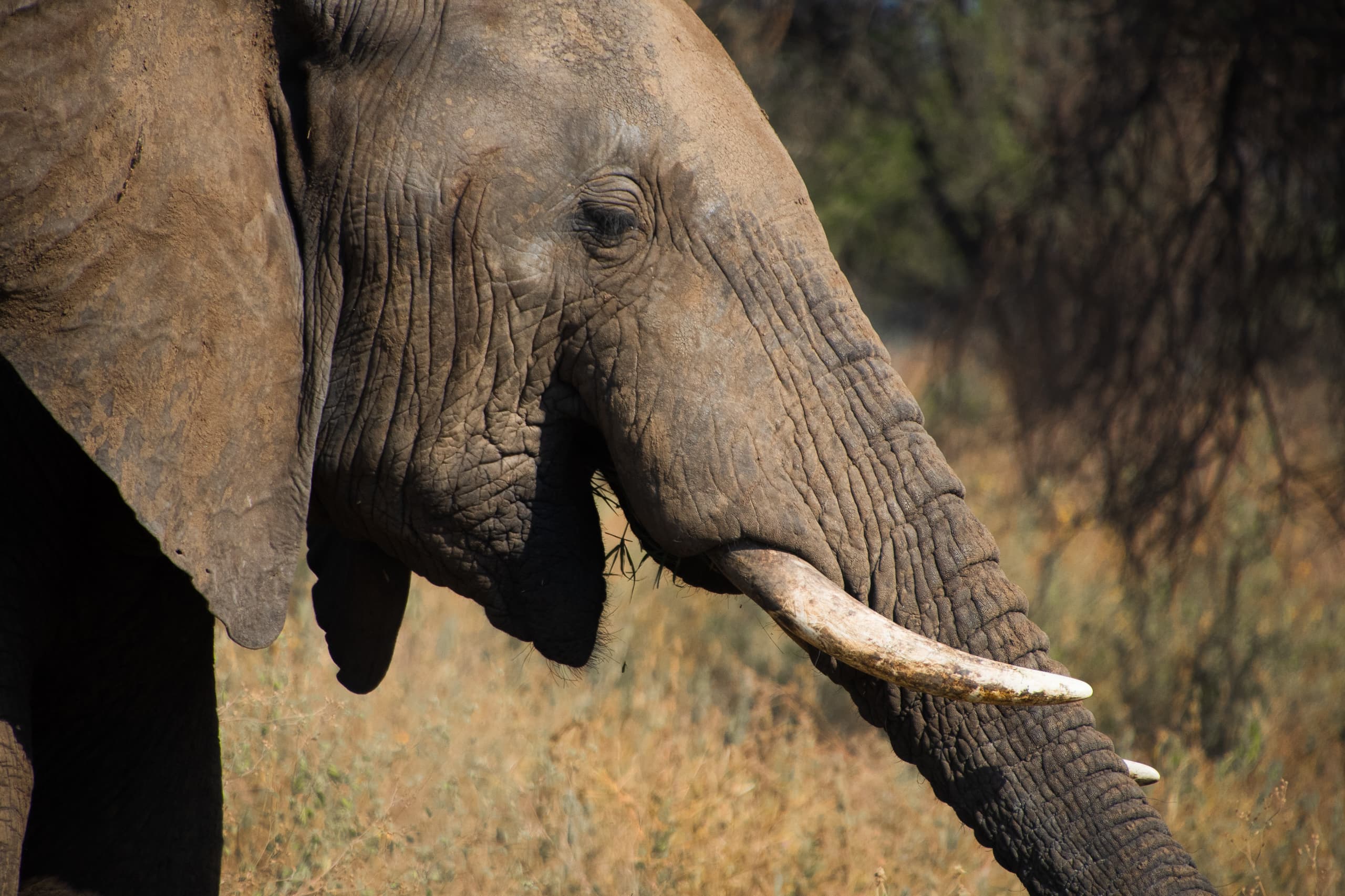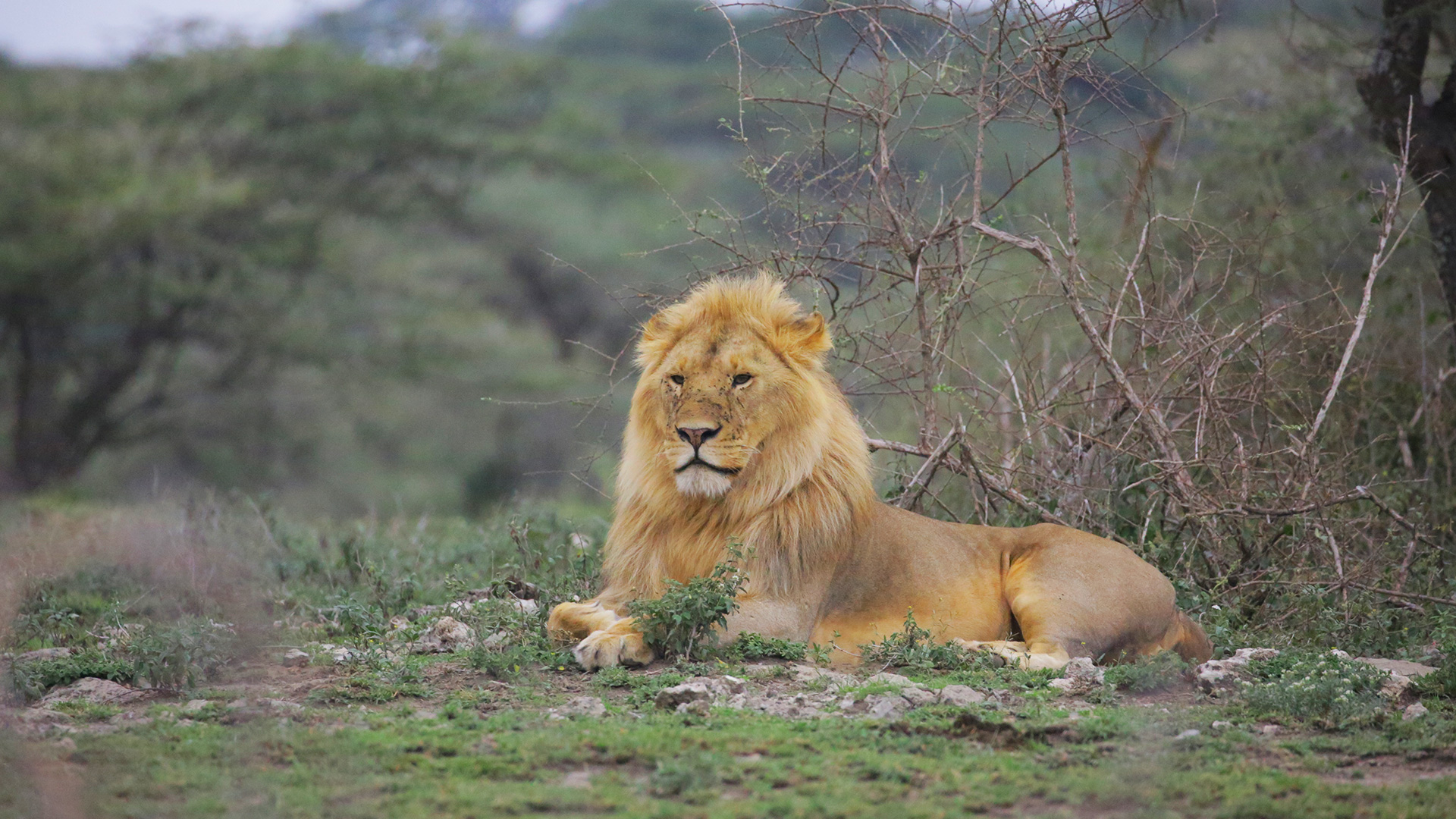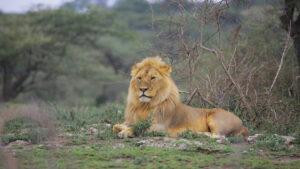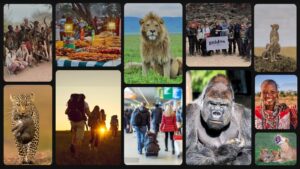How to Deal with Blisters on Kilimanjaro Trek: Your Guide to an Unforgettable Adventure
Welcome to the breathtaking realm of Tanzania, where the majestic Mount Kilimanjaro stands as the crown jewel of the African continent. Renowned as one of the world’s most iconic trekking destinations, Kilimanjaro attracts adventurers from all corners of the globe. The thrill of reaching the summit, Uhuru Peak, is an experience that resonates in the hearts of many. However, amidst the awe-inspiring scenery and exhilarating climbs, trekkers may face challenges – and one common concern is blisters. But fear not! In this comprehensive guide, we’ll explore how to effectively deal with blisters on your Kilimanjaro trek, ensuring your journey remains memorable for all the right reasons.
The Allure of Kilimanjaro
Before we delve into blister management techniques, let’s take a moment to appreciate the allure of Kilimanjaro. Towering at 5,895 meters (19,341 feet), this dormant volcano is the highest peak in Africa. The trek to the summit takes you through diverse ecosystems, from lush rainforests and moorlands to alpine deserts and arctic conditions. Along the way, you’ll encounter breathtaking landscapes, unique wildlife, and the warm hospitality of the Tanzanian people.
At Guides of Africa, we believe that every trekker deserves a remarkable experience, unmarred by discomfort. That’s why we equip you with the knowledge and tools to prevent and manage blisters, ensuring your Kilimanjaro journey is nothing short of extraordinary.
Understanding Blisters: What Are They and Why Do They Form?
Blisters are fluid-filled sacs that form on the skin, typically as a result of friction. During a Kilimanjaro trek, the combination of prolonged walking, varying terrains, and altitude can increase your risk of developing blisters. As your feet rub against your socks and shoes, the upper skin layer separates from the lower layer, filling up with fluid. While blisters are often harmless, they can become painful and impede your trekking experience if not addressed promptly.
Common Causes of Blisters:
- Improper Footwear: Shoes that don’t fit well or provide inadequate support can lead to excessive friction.
- Moisture: Sweaty feet or wet conditions can increase friction, making blisters more likely.
- Inadequate Socks: Cotton socks can trap moisture. Breathable, moisture-wicking materials are essential.
- New Gear: Breaking in new shoes during the trek is a recipe for disaster – comfort is key.
Prevention is Key: How to Avoid Blisters on Kilimanjaro
As the saying goes, “an ounce of prevention is worth a pound of cure.” Here are some essential tips to prevent blisters before they start:
1. Choose the Right Footwear
Invest in a pair of high-quality trekking boots that fit snugly but comfortably. They should offer ample support and have enough space for your toes to move without rubbing against the front of the shoe. It’s ideal to choose boots that have waterproof capabilities, as this will keep your feet dry, especially during the rainy season.
2. Break-In Your Boots
Prior to your Kilimanjaro trek, wear your trekking boots on shorter hikes to break them in. This will help your feet adjust to the shoes and identify any pressure points before you embark on your adventure.
3. Use Quality Socks
Opt for moisture-wicking socks made from synthetic materials or merino wool. Avoid cotton, as it traps moisture and increases the likelihood of blisters. Consider using a double-layered sock system, which can further reduce friction.
4. Keep Your Feet Dry
Moisture is the enemy when it comes to blister prevention. Change your socks regularly, especially if they become damp from sweat or rain. Use foot powder to help keep your feet dry and minimize friction.
5. Utilize Blister Prevention Products
Consider using blister prevention tape or gel pads on areas of your feet that are prone to friction. These products create a protective barrier, reducing the risk of blisters forming.
Treating Blisters: What to Do When They Happen
Despite your best efforts, blisters can still occur. Here’s how to treat them effectively while on your Kilimanjaro trek:
1. Assess the Blister
If you notice a blister forming, assess its size and severity. If it’s small and intact, it’s best to leave it alone. The skin over the blister serves as a natural barrier against infection.
2. Clean the Area
If the blister breaks or shows signs of infection (redness, swelling, pus), clean the area gently with soap and water. Avoid using alcohol or hydrogen peroxide, as these can irritate the skin.
3. Protect the Blister
Cover the blister with a sterile bandage or blister pad to protect it from further friction. If you don’t have a blister pad, a piece of clean gauze and medical tape can work in a pinch.
4. Keep It Clean and Dry
Change the dressing daily and keep the blister clean and dry. If it’s healing properly, the skin will eventually close over the area.
5. Rest and Elevate
If you’re experiencing significant discomfort from the blister, it’s imperative to rest and elevate your feet. Listen to your body – pushing through pain can lead to more severe issues.
The Guides of Africa Difference: Your Trusted Trekking Partner
At Guides of Africa, we understand that every aspect of your Kilimanjaro trek matters. From choosing the right gear to providing expert guidance throughout your journey, we are dedicated to making your experience unforgettable. Our team of skilled guides and support staff is trained to assist you in every way possible, ensuring your comfort and safety.
Why Choose Guides of Africa?
- Expert Knowledge: Our guides are local experts, familiar with the terrain, weather, and best practices for a successful trek.
- Tailored Itineraries: We customize our itineraries to suit your preferences and fitness levels, making your trek as enjoyable as possible.
- Safety First: Your health and safety are our top priorities. We provide first aid kits and training for our guides to handle any emergencies.
- Sustainable Practices: We are committed to preserving Tanzania’s natural beauty. Our eco-friendly practices ensure that your adventure has a minimal impact on the environment.
- Unmatched Support: From the moment you contact us at info@guidesofafrica.com to the conclusion of your trek, our team is here to support you every step of the way.
The Spirit of Adventure Awaits
Trekking Kilimanjaro is more than just a challenge; it’s a journey of self-discovery, resilience, and inspiration. The breathtaking views, the camaraderie with fellow trekkers, and the achievement of summiting the highest peak in Africa create memories that last a lifetime.
While blisters may pose a minor setback, they should never deter you from pursuing your Kilimanjaro dreams. With the right preparation, prevention strategies, and a supportive team by your side, you can conquer this majestic mountain.
So why wait? Begin your Tanzanian adventure today! Reach out to us at info@guidesofafrica.com to book your unforgettable Kilimanjaro trek. Remember, the summit is calling – and with Guides of Africa, the journey is just as incredible as the destination!
Conclusion
As you prepare for your Kilimanjaro trek, keep in mind that challenges like blisters are part of the adventure. Embrace them, learn from them, and let them inspire you to push your limits. With the right knowledge and support from Guides of Africa, you’ll not only overcome these obstacles but also create a remarkable story to share for years to come.
Let the adventure begin, and may your Kilimanjaro journey be filled with awe, inspiration, and unforgettable moments!
If you’re ready to embark on the adventure of a lifetime, don’t hesitate to get in touch. Guides of Africa is here to guide you every step of the way!

